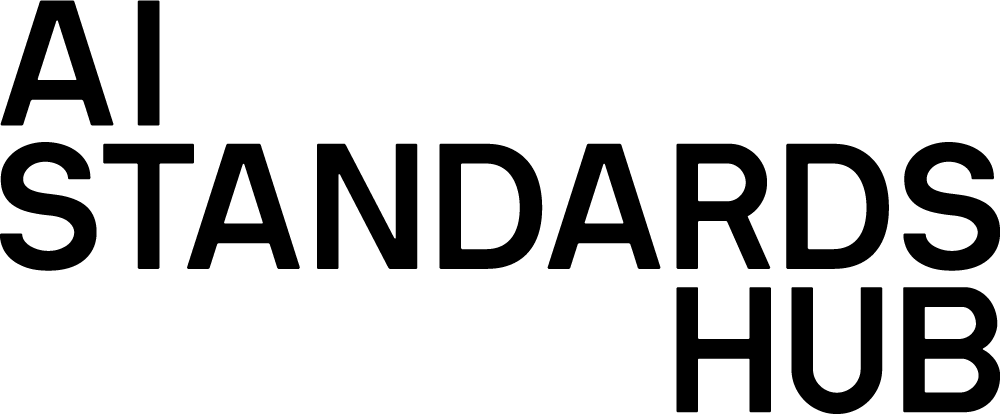Blockchain and distributed ledger technologies. Reference architecture
Last updated: 18 Jul 2024
Development Stage
Pre-draft
Draft
Published
Scope
What is ISO 23257 – Architecture for Distributed Ledger Technology about?
ISO 23257 discusses blockchain and distributed ledger technologies. Ledger technologies is a digital system for recording the transaction of assets in which the transactions and their details are recorded in multiple places at the same time. ISO 23257 specifies a reference architecture for Distributed Ledger Technology (DLT) systems including blockchain systems. The reference architecture addresses concepts, cross-cutting aspects, architectural considerations, and architecture views, including functional components, roles, activities, and their relationships to blockchain and Distributed Ledger Technology.
Who is ISO 23257 – Architecture for Distributed Ledger Technology for?
ISO 23257 on architecture for Distributed Ledger Technology is useful for:
- IT sector
- Automation sector
- Design engineers
- Software engineers
- Architectural sector
- Development organizations
Why should you use ISO 23257 – Architecture for Distributed Ledger Technology?
Records of transactions, based on certain agreed-upon conditions, form the basis for exchanging assets between parties. Businesses and governments have been operating for centuries using this foundation. While physical ledgers were once used, they have largely been replaced with modern technology. However, in traditional approaches, a ledger must be centrally controlled by one or a small number of parties, and other stakeholders must rely on them as agents to change those ledgers. An important property of a ledger is verifiability. This means that the parties can verify that the set of transactions in the ledger is complete and accurate. As a result, these parties can identify irregularities in transactions, for example, to verify that the digital assets of the participants are correctly accounted for within a financial ledger. Currently, it is possible to achieve a verifiable ledger in a centralized way by making certain trust assumptions. However, verifiability can be also achieved by distributing the storage and decentralizing the control of the ledger with minimal trust in any one party.
By maintaining a ledger in a distributed network, Distributed Ledger Technology systems, including blockchain systems, allow a much wider range of parties to have a shared view of the ledger and to make their own changes to that ledger. A broad spectrum of Distributed Ledger Technology-based business solutions is possible. ISO 23257 presents a reference architecture for such Distributed Ledger Technology-based solutions. It starts with the definitions and concepts of blockchain and Distributed Ledger Technology such as the system organization, nature of access, type of consensus and the roles and responsibilities of the participants. Given that the reference architecture must accommodate a wide variety of possible use cases, it touches upon various business domains and their respective use cases at a high level. Historically, ledgers have facilitated the exchange of assets, but Distributed Ledger Technology solutions can also be used more broadly for reporting, auditing, and coordination. ISO 23257 finally presents the reader with various layers of a reference architecture for Distributed Ledger Technology systems and the functional components in the layers. ISO 23257 is relevant to, among others, academics, architects, customers, users, developers, regulators, auditors, and standards development organizations. Using ISO 23257 you can specify a reference architecture for Distributed Ledger Technology systems including blockchain systems.
© BSI 2022 All rights reserved
External Links
Let the community know
Categorisation
Key Information
Referenced standards: ISO/IEC 24760-1, ISO 22739, ISO/IEC 30141, ISO 22300, ISO/IEC 18033-1, ISO/TR 23244, ISO/IEC/IEEE 24765:2017, ISO/IEC 38500:2015, ISO/IEC 27050-1:2019, ISO/IEC 17789:2014, ISO/TR 23455:2019, ISO/IEC 24760-1, ISO/TS 21089, ISO/IEC 27031:2011, ISO/TS 23635, ISO/TR 18307, ISO/IEC 19941:2017, ISO/IEC 29151, ISO/IEC/TR 15443-1:2012, ISO/IEC 27000, ISO/IEC 27018, ISO/IEC 29100:2011/Amd 1:2018, ISO 37101:2016, ISO 5127:2017, ISO 7498-2:1989, ISO 16484-2:2004, ISO/IEC/IEEE 24748-1:2018, ISO/IEC/IEEE 42010:2011, ISO/IEC 14772-2:2004, ISO/IEC TS 23167, ISO/IEC 29134, ISO/IEC 17788:2014, ISO/IEC 27001, ISO/IEC 21823-1:2019, ISO/IEC 29100


